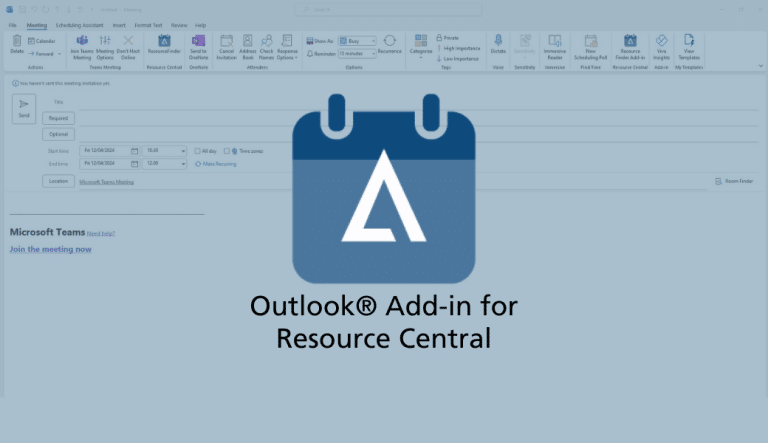In this blog:

Understanding Meeting Dynamics
02 Apr 2024
Navigating Different Personality Types for More Productive Gatherings
Productive collaboration can be marred when a team lead is unsure of how to create a meeting space that acknowledges and utilizes different personality types. This is especially true when blending multiple departments into one meeting.
As a supervisor or team leader, the goal is to not only maintain forward momentum during a meeting, but also to encourage vocal contributions, comfort, and respectable exchange throughout. We’ll examine some common personality types in working environments, along with ways to promote productive meeting dynamics and inclusivity in collaborative spaces.
Personality Types in the Workplace
If you’re looking to gather data on personality types in the office to improve work meetings, you can employ the Myers-Briggs personality test. This test consists of 16 personality types which are assigned to an individual based on four categorical scales: introversion-extraversion, thinking-feeling, sensing-intuition, and judging-perceiving.
Learn about the 16 personality types according to Myers-Briggs here.
This is just one example of a way of characterizing personality types and other ways can work just as well.You’ll likely encounter many different personality types while at work. If you are a supervisor, it is your responsibility to understand how to manage these personalities and create a meeting space that enhances productivity.
Meeting Dynamics and Productive Remedies
Now that you have a better understanding of common personality types, you can use this to your advantage when running meetings. For the smoothest collaboration possible, you should always be prepared. Review all participants to better prepare for the best way to conduct the meeting.
For example, if you are working with a collection of largely introverted people, operate the meeting so that silent gaps are filled with valuable information presented by you. If your meeting consists of a largely extroverted group, consider having the meeting in person to encourage hands-on idea exchanges, which can be more productive for this group than remote meetings.
Meetings should also be documented as thoroughly as possible to encourage efficient decision-making. As a leader, you may not have an opportunity to take thorough notes. Assign the analytical thinker of the group to take notes. They’ll likely go above and beyond and create visual references that are easily digestible and extremely helpful. Or you can assign the wallflower, as they are active, attentive listeners.
You can also create a digital space for everyone to jot down notes throughout the meeting and assign one person to organize these thoughts and distribute a comprehensive document digitally. This works especially well for hybrid meetings.
Lastly, encourage participation in a feasible way for everybody. Presentations do not come easily to everyone, nor does spur-of-the-moment conversation. Utilize all team members to their strengths for the most productive meetings possible, rather than taking these events as a time for pushing folks out of their comfort zone.
Creating an Inclusive Environment
Inclusivity is entirely necessary for conducting an equitable work environment. Having firm inclusivity practices in a workplace can make conducting productive meetings a lot easier for everyone. Informing yourself and your team about inclusive practices, different personalities, and necessary accommodations for folks with different learning abilities is crucial for maintaining a fair workplace.
Understanding neurodivergence
Folks who are neurodivergent exist in nearly every workplace, and it is crucial to conduct meetings that allow them to contribute in ways that are accessible to them. People who are neurodivergent may have conditions like ADD/ADHD, dyslexia, or autism. These conditions may affect communication, motor coordination, memory, and attentiveness.
Create a work environment where symptoms of these conditions are understood and not punished. Not all people with neurodivergent tendencies will disclose their condition, nor should they be coerced into doing so. Do your research and conduct your meetings with the understanding that all brains work differently.
Have neurodiverse accommodations like remote meeting options, recorded meetings, and written or visual references that review everything discussed in a meeting. Meeting room software can assist you with making these accommodations more feasible to implement. Allow employees to leave meetings and come back if they are feeling too overwhelmed due to their conditions.
Offer educational services on inclusivity
Though the workplace is a productive environment, it should also provide learning opportunities for employees, such as inclusivity and diversity training. Ideally, these training modules will be routine and regularly updated. They should also be included during the onboarding process for new employees.
Training modules can focus on topics like managing implicit bias and avoiding microaggressions, along with maintaining cultural and religious sensitivity. You should also include notes about collaborating with people with disabilities. Emphasize proper workplace etiquette and create an open environment for meaningful conflict resolution, supportive communication, and maximum productivity.
By getting a better understanding of all personality types in the workplace, meetings can become more meaningful over time. Encouraging open communication and making an active effort to know your team as individuals promotes daily contributions that will lead to continued success for your business and increased collaborative efficiency.
This is a guest contribution from Sam Bowman, who writes about tech, people and how they merge.
15 minutes online demo
Information
Add-On Products
Roms Hule 8
DK7100 Vejle, Denmark
Phone: +45 7944 7000
Mail: info@add-on.com
CVR: 25171144
Download Meeting Room Booking System (Resource Central)
Information
Add-On Products
Roms Hule 8
DK7100 Vejle, Denmark
Phone: +45 7944 7000
Mail: info@add-on.com
CVR: 25171144


